The EU's USB-C mandate is bad news for repairers
The rule change is being championed to help people save money and combat e-waste but makes life that little bit harder for PC technicians
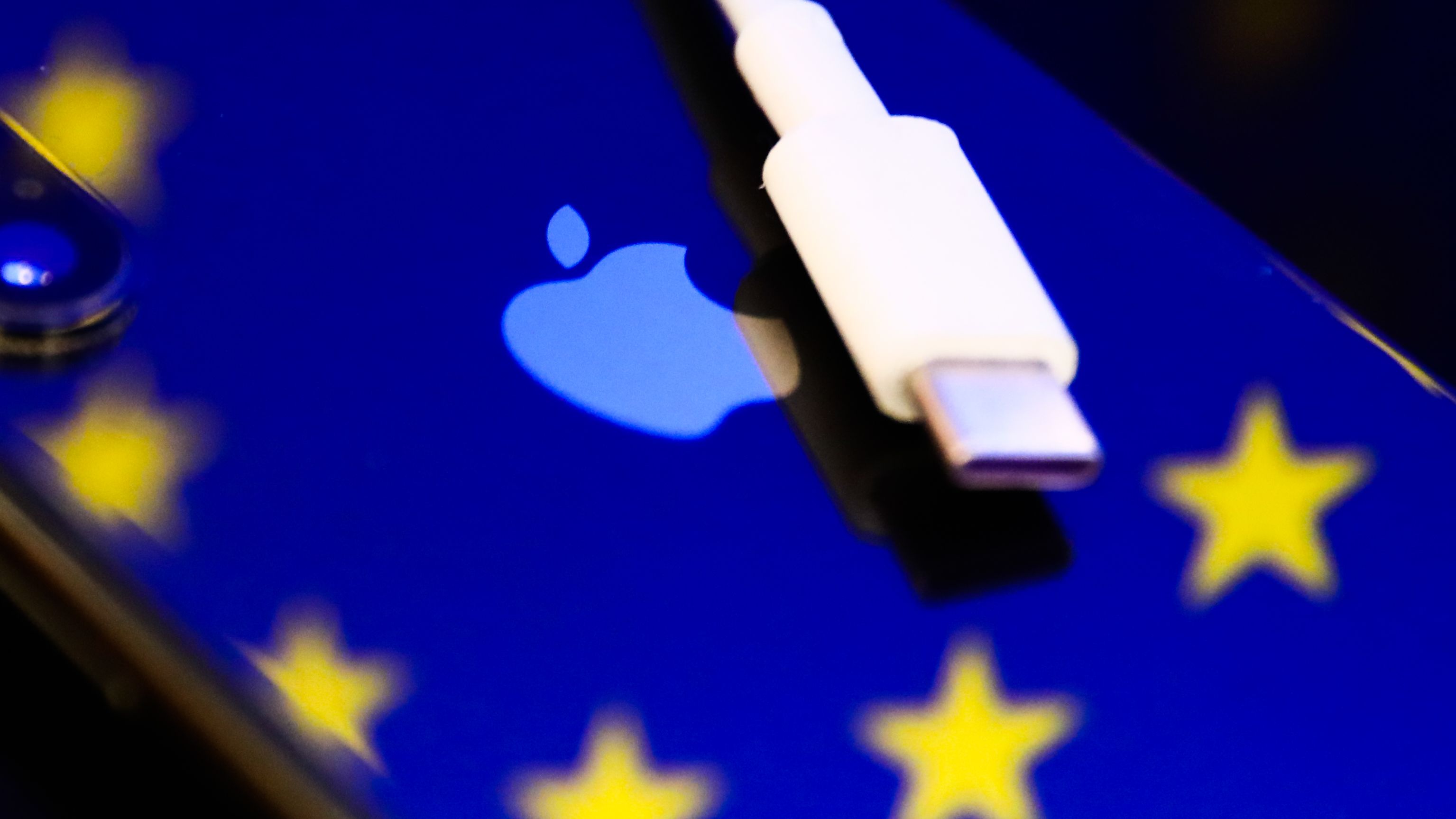
The forthcoming adoption of USB-C as the connector of choice has been a frequently covered topic and, as you will have read, it’s been causing quite a heated discussion. Since 2009, there’s been a voluntary code in place between the EU and mobile manufacturers to reduce the variations of chargers from over 30 down to three. Last September, the EU Commission published an agreement, bringing this to one.
The rule change is being championed for both consumer convenience and to help fight e-waste. According to EU figures, consumers spend €2.4 billion on standalone chargers and over 11,000 tonnes of them end up in e-waste streams. The hope is that changing to a single socket will make it simpler to find something suitable to stick in it, but also control how rapidly your device will charge. Fast-charging technologies are also part of the rules.
Despite this genuinely positive news, what has been omitted from the legislation – in a cruelly deliberate oversight – is the effect fixing USB-C ports has on ageing Yorkshire-based PC technicians whose eyesight has lost the sharpness of its youth. A typical USB-C port has 24 internal pins, which obviously need to be connected to the machine. Comparatively, a USB-A port has up to five internal pins and when you consider the size differential between the two sockets, soldering up to 24 pins within a smaller area increases the difficulty level somewhat.
Remember, USB-C purely describes the shape of a port and not its functionality, but because it’s so versatile, USB-C is currently the obvious candidate for universality, irrespective of how much of a nightmare it is to fix. Looking ahead, the USB-C legislation won’t encapsulate laptops until 2026, but as the writing is on the wall, manufacturers could move early, triggering some radical redesigns inside the machines.
RELATED RESOURCE
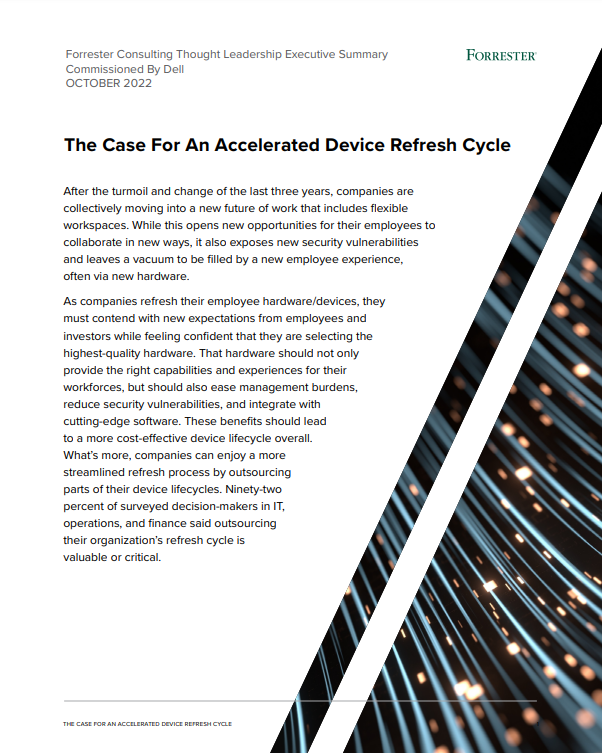
The case for an accelerated device refresh cycle
Achieving a more cost-effective device lifecycle overall
Traditionally, fixed ports such as USB, DisplayPort, Ethernet or HDMI are always soldered to a PCB, but most DC power barrels have broken free in recent years and are connected with a simple plug and socket. This makes repair much easier for anyone confident enough to open their laptop, or cheaper if professional help is required. Broken sockets remain the number one hardware fault I encounter on laptops, so when USB-C becomes the de facto method of power delivery, it’s critical that swapping a broken USB-DC is at least as simple as the plug and socket we have now. Keeping it on the board vastly increases the repair costs and the probability of the machine going in a skip.
It’s taken a long time to get this far, but now universality has become mandatory, it should be simpler to evolve the rules in the future. Jump forward five years when we’re talking about 'USB-D', the established rules can be tweaked. It’s not perfect but it draws a line in the sand and is far better than an office full of workers using 30 different chargers.
ChannelPro Newsletter
Stay up to date with the latest Channel industry news and analysis with our twice-weekly newsletter
Lee’s career began in TV as a programme maker for the BBC, ITV and Channel 4, specialising in education, history and science. He was part of the early video-on-demand team for ITV which lead to technical roles within the fledgling online-shopping department for ASDA/Walmart.
In 2003, he and his wife escaped the corporate world and setup a computer repair business focussing on the consumer side of the market.
Lee is a contributing editor and podcaster for sister title PC Pro with a particular interest in the right-to-repair movement and the circular economy. He can usually be found running around the streets of Yorkshire at a ridiculous time of the morning, and he’s also trying to solve a mystery involving David Bowie.
You can reach Lee at lee@inspirationcomputers.com or @tnargeel
-
 Should AI PCs be part of your next hardware refresh?
Should AI PCs be part of your next hardware refresh?AI PCs are fast becoming a business staple and a surefire way to future-proof your business
By Bobby Hellard
-
 Westcon-Comstor and Vectra AI launch brace of new channel initiatives
Westcon-Comstor and Vectra AI launch brace of new channel initiativesNews Westcon-Comstor and Vectra AI have announced the launch of two new channel growth initiatives focused on the managed security service provider (MSSP) space and AWS Marketplace.
By Daniel Todd
-
 Powering productive work
Powering productive workwhitepaper Maximising the value of technology in an evolving defence sector
By ITPro
-
 Work and innovate everywhere
Work and innovate everywherewhitepaper Protection across AI attack vectors
By ITPro
-
 The future of outstanding power efficiency
The future of outstanding power efficiencywhitepaper An essential guide to help determine a clear path to power effiency, robust data security, and best in-class versatility
By ITPro
-
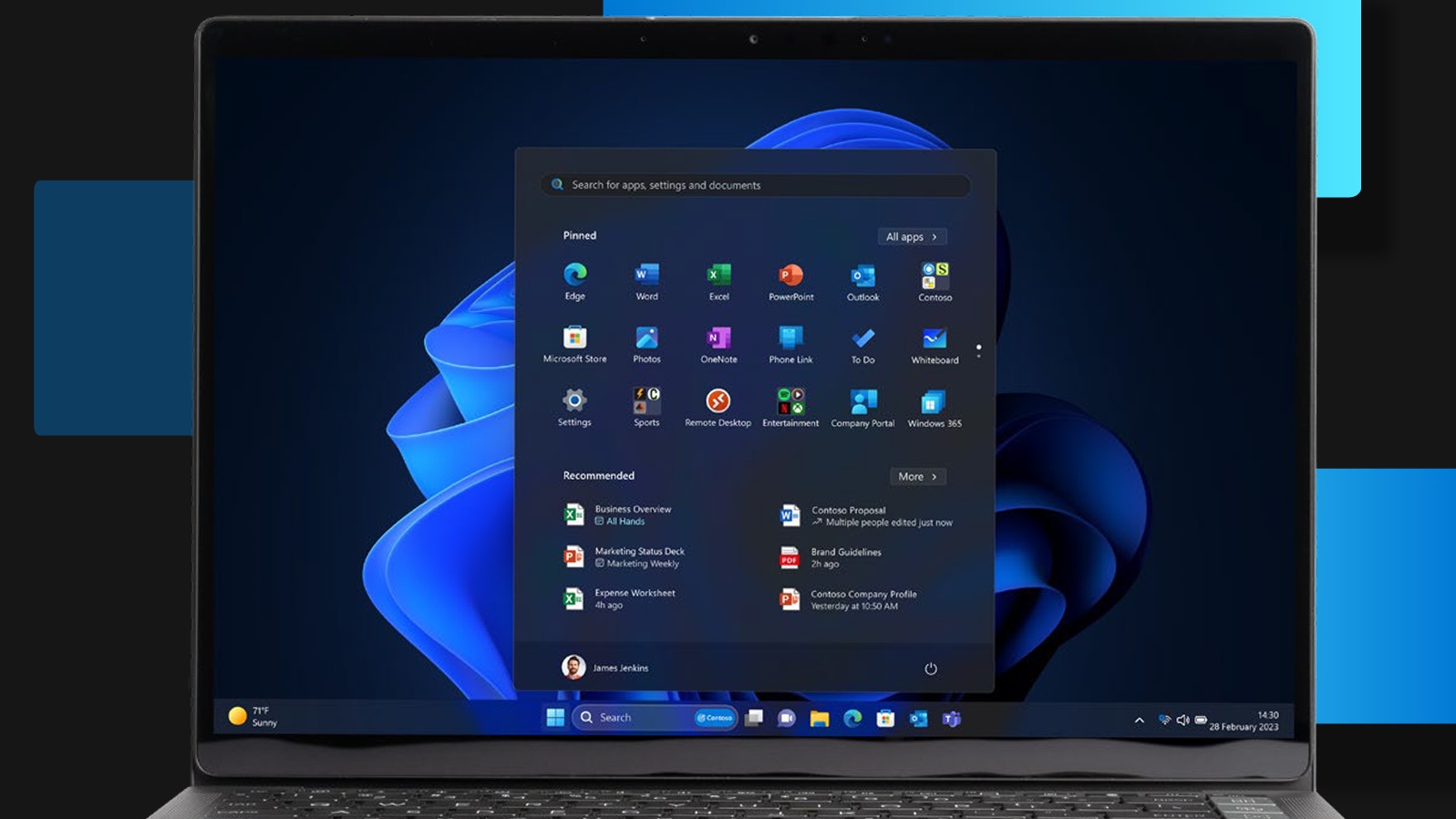 Windows 11 Pro and CDW - Overcoming today's escalating cyberthreats
Windows 11 Pro and CDW - Overcoming today's escalating cyberthreatswhitepaper Employing a security-by-default approach with the latest Windows 11 Pro devices
By ITPro
-
 Cyber-resilient data storage for everyone
Cyber-resilient data storage for everyoneWhitepaper Improve cyber resilience and optimize performance
By ITPro
-
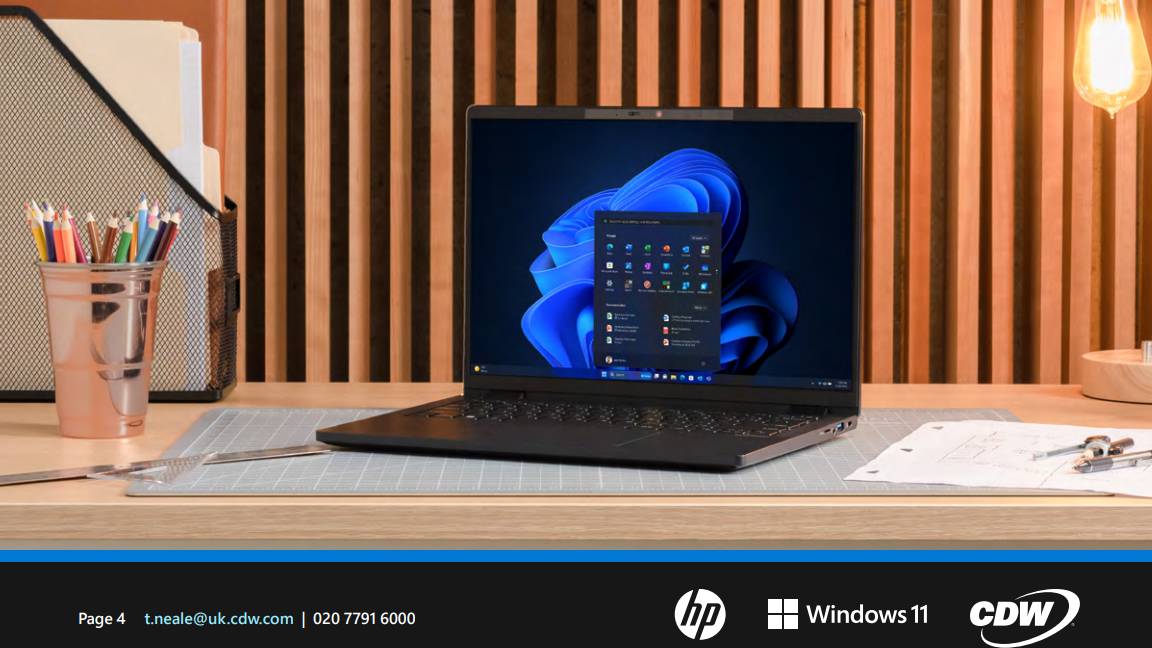 Onward: How security drives business opportunity
Onward: How security drives business opportunitywhitepaper Do you consider security as a business investment or a business enabler?
By ITPro
-
 Sustainable devices for positive impact
Sustainable devices for positive impactwhitepaper Innovative technology solutions can help organizations meet their business and sustainability goals
By ITPro
-
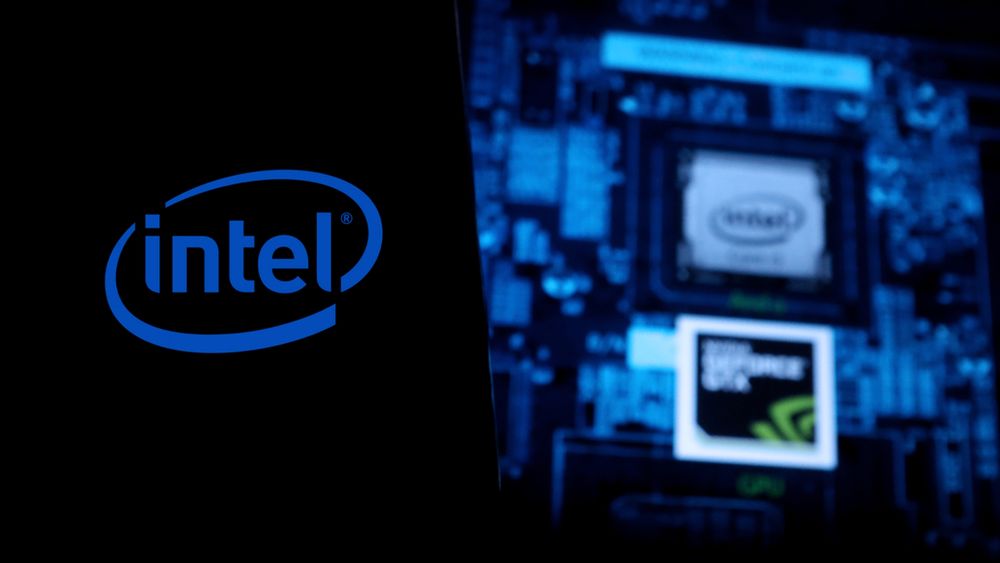 Intel suspends operations in Russia
Intel suspends operations in RussiaNews The move comes 34 days after Intel joined AMD in halting chip sales to Russia
By Sabina Weston
